Piscina de Yeouido del Parque del Río Hangang (한강시민공원 여의도수영장)
7.8Km 2022-07-25
Yeouidong-ro 330, Yeongdeungpo-gu, Seúl
+82-2-785-0478
La piscina al aire libre en Yeouido también es conocida con el nombre de Supia, que es un parque temático de todo el año en el río Hangang. El nombre "Supia" combina "Arisu" (el nombre anterior del río Hangang) y Utopía.
Parque del Color de Seúl (서울색공원)
7.9Km 2021-06-14
Yeouidodong-ro 330, Yeongdeungpo-gu, Seúl
El Parque del Color de Seúl, cuya superficie es de 9.000 metros cuadrados, está situado entre los pilares del puente Mapodaegyo y la ribera del río Hangang. Es un ejemplo de la aplicación de colores de Seúl, desarrollados con la idea de mejorar el tono de la ciudad y formar una propia imagen urbana. En este parque se encuentran una obra que simboliza las olas del río Hangang y el diseño gráfico de códigos de barra con 10 colores representativos de Seúl. Se colorearon instalaciones públicas con tonos grises de las tejas y los muros de piedra, con color del dancheong (pintura con patrones tradicionales sobre madera), con amarillo claro, con verde como el monte Namsan, etc. El Museo de Arte de Seúl y Museo de la Historia de Seúl también albergan construcciones y obras que emplean los colores de Seúl. El Parque del Color de Seúl se encuentra a 10 minutos caminando desde la Estación de Yeouinaru, de la línea 5 de metro.
Museo de la Vida Cotidiana de Bukchon (북촌생활사박물관)
7.9Km 2022-08-30
Bukchon-ro 5-nagil 90, Jongno-gu, Seúl.
En este museo se exponen aquellos objetos y muebles antiguos recolectados en el área de Bukchon, en Seúl. Fue inaugurado en el año 2003 y tiene en exposición objetos utilizados hace cientos de años y heredados por varias generaciones, pero que han caído en desuso tras la industrialización. Entre ellos se encuentran el maetdol (molino de piedra que se utilizaba para moler granos), el jangdok (tinaja para almacenar conservas como salsa de soja, pasta de pimiento rojo, etc.) y el yogang (urinal coreano), entre ellos.
Desde antaño, la zona de Bukchon, que incluye los barrios de Wonseo-dong y Samcheong-dong, fue un área de concentración y conservación de las casas tradicionales hanok. El secreto por el que dichas casas se mantienen hasta hoy en día se debe a su estilo arquitectónico tradicional, compuesto por un depósito, el suelo de las habitaciones cubierto de madera, la buhardilla, etc. Hasta la fecha, el museo conserva aproximadamente 20,000 piezas de la vida cotidiana, pero en exposición hay entre 300 y 400.
Parque Ecológico del Monte Achasan (아차산생태공원)
7.9Km 2021-05-05
Walkerhill-ro 127, Gwangjin-gu, Seúl.
+82-2-450-1655
Para llegar a la Plaza Haemaji ("saludar el sol", en coreano), tendrá que caminar cuesta arriba durante unos 30 minutos desde el sendero situado al lado del Parque Ecológico del Monte Achasan. La caminata no requiere mucho esfuerzo, ya que los senderos tienen buena infraestructura y la pendiente es muy leve. Solo tiene que seguir las señales que llevan a la Plaza Haemaji o a Goryeojeong, ya que los dos puntos están a solo 200 metros uno del otro.
Déjese envolver por el aroma del bosque y la naturaleza circundante mientras camina, y de un momento al otro se encontrará ya en la Plaza Haemaji. El Festival del Amanecer en el Monte Achasan, celebrado cada año el 1° de enero, es muy famoso.
CAFÉ TERRACE (카페테라스)
7.9Km 2021-03-26
102-2, Samcheong-ro, Jongno-gu, Seoul
+82-2-723-8250
It is a café that serves delicious waffles. This cafe is located in Jongno-gu, Seoul. The representative menu is waffle.
Tumbas Yeonghwiwon y Sunginwon (서울 영휘원(순헌황귀비)과 숭인원(이진))
7.9Km 2022-07-15
Heungneung-ro 90, Dongdaemun-gu, Seúl.
Dentro de Yeonghwiwon se encuentra la tumba de la dama Sunheongwibi Eom, concubina del emperador Gojong y madre del príncipe Yeongchinwang. Actualmente la tablilla de la dama Eom se encuentra en el santuario Chilgung de Gungjeong-dong, en Jongno-gu. Yeonghwiwon antiguamente era el lugar de la tumba de la emperatriz Myeongseong Hwanghu, pero esta fue trasladada hacia Hongyuneung para guardar sepultura junto con el emperador Gojong en 1919.
Mensyu (멘슈)
7.9Km 2021-03-29
394, Yeouidaebang-ro, Yeongdeungpo-gu, Seoul
+82-2-761-5285
It is a ramen specialty store where you can enjoy Japanese ramen dishes. This restaurant's signature menu is instant noodles. This Korean dishes restaurant is located in Yeongdeungpo-gu, Seoul.
Daesungjip (대성집)
7.9Km 2021-03-27
5, Sajik-ro, Jongno-gu, Seoul
+82-2-735-4259
Daejungjip has specialized in Dogani tang (ox knee joint soup) for 60 years. Customers can feel a simple and familiar ambience at the restaurant.
Seogeulleongtang (서글렁탕)
7.9Km 2021-04-20
394, Yeouidaebang-ro, Yeongdeungpo-gu, Seoul
+82-2-780-8858
This is a restaurant serving pork belly soaked in a special sauce. This Korean dishes restaurant is located in Yeongdeungpo-gu, Seoul. The representative menu is grilled pork belly.
Seochon Guest House [Korea Quality] / 서촌 게스트하우스 [한국관광 품질인증]
7.9Km 2023-04-07
28-3, Jahamun-ro 7-gil, Jongno-gu, Seoul
+82-010-3345-9680
Seochon Guest House is located in Seochon, which is becoming a hot place for tourists in Seoul, and precisely on the road to Suseong Valley, whichis filled with interesting stores and is also well-known for Park Nosoo Art Gallery and the House of Yun Dong-ju (poet). Seochon Guest House is nicknamed ‘Jaeminangol (interesting village)’ after Baekseok’s poem ‘Yeowunangol’, with the aim of providing a visit full of interesting experiences. Passing through a garden and entering the main building, the unique charm of this hanok building, the staircase to get to the first floor from daecheong (main floored room), catches the eye of the visitors. In addition, the building is decorated with various stylish objects including paintings and Korean musical instruments. The terrace situated on the first floor offers an open view of the surrounding area including roof tiles of hanok structures and alleyways in Seochon. It is said that Korean novelist Yoon Hu-myeong also appreciated the structure of the guesthouse, saying, “It is an interesting place.” Built in the 1930s, the house, which has many storage places, was taken by the owner couple in spring 2014 as they were attracted by the house during their trip to Seochon. After the repair work, the ground floor of the house was opened for guests from January 2016, hoping that guests could share their daily experiences and stories with each other. The guestrooms and the main floored room on the ground floor are open to guests, with the exception of the first floor, which is used by the owner couple. The living room is equipped with books, a curved TV, and a table. The tasty meal, which is served in the kitchen, consists of rice and soup with six side dishes and is much loved by guests. The guesthouse offers a total of four rooms – Jae Room, which is the most Korean-style room; Mi Room, which has a combined style of a Korean-style room and Western-style room; Nan Room, which is an ideal room for meditation with a beautiful paper window; and Ahn Room, which is equipped with a veranda and a pretty flowerbed. Every room has its separate charm with various comfortable bedding to provide a quiet and cozy bedroom for guests in the middle of the city. Furthermore, the guesthouse holds a pansori (epic chant) performance twice a year. The owner started learning how to sing pansori to promote the Korean culture and tradition to foreigners. When a pansori performance is held, the owner offers traditional Korean snacks and drinks including sikhye (sweet rice punch), sujeonggwa (cinnamon punch), traditional sweets and cookies, and tteok (rice cakes) to visitors, tourists, and performers. Moreover, it provides cultural programs such as a Gukak (Korean classical music) experience, Korean traditional clothes experience, and making Korean food experience, as well as other activities with guests, such as trip to the city wall between Inwangsan Mountain and Bugaksan Mountain, and the Royal Palace Tour to Gyeongbokgung Palace, etc., as well as a trip to a traditional market.

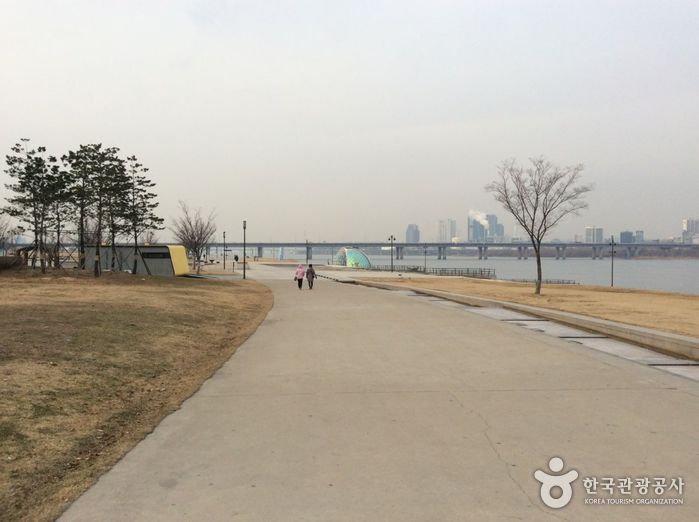
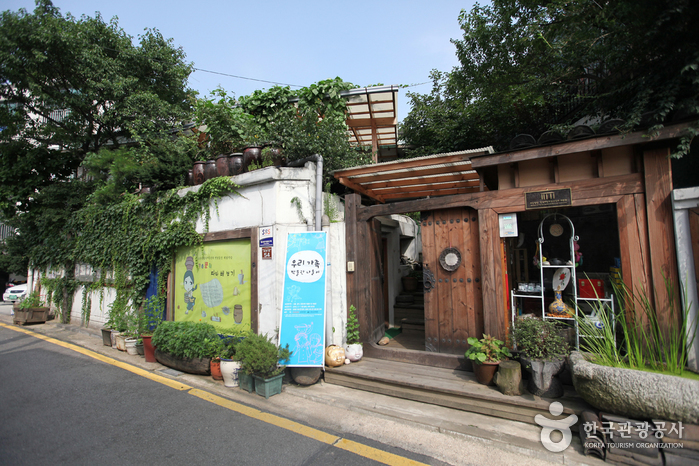
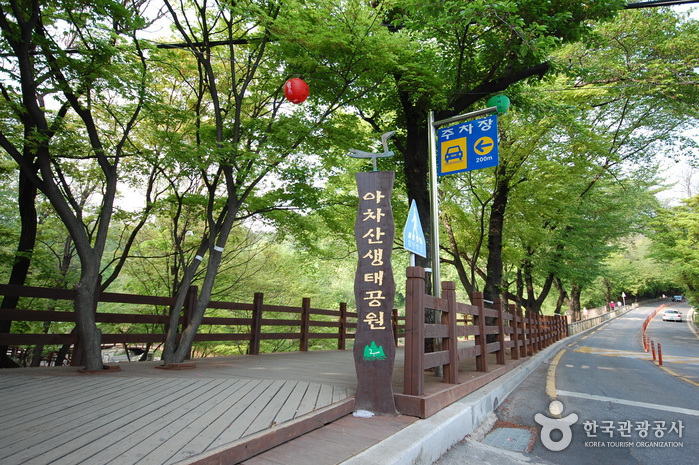
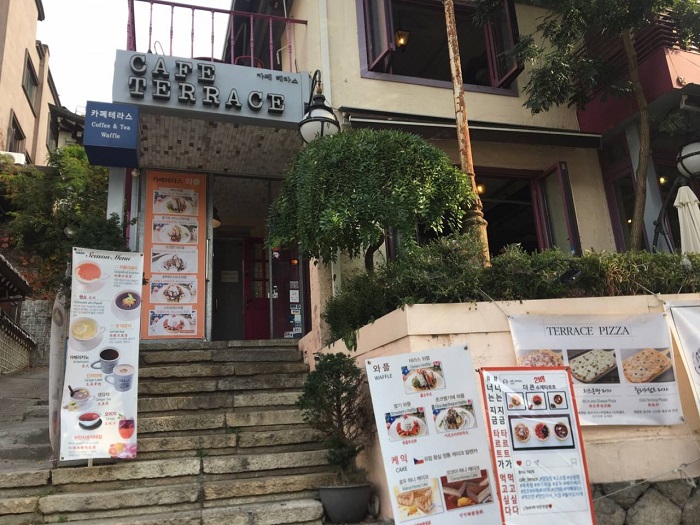
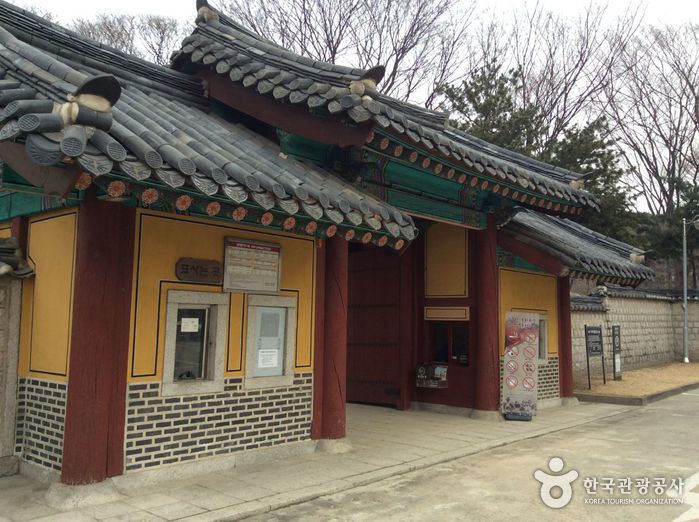
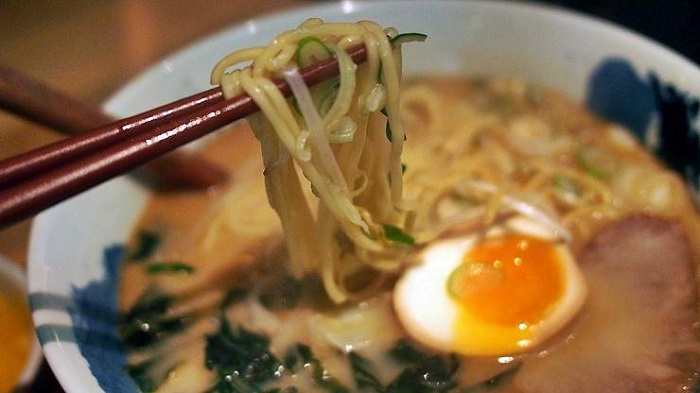
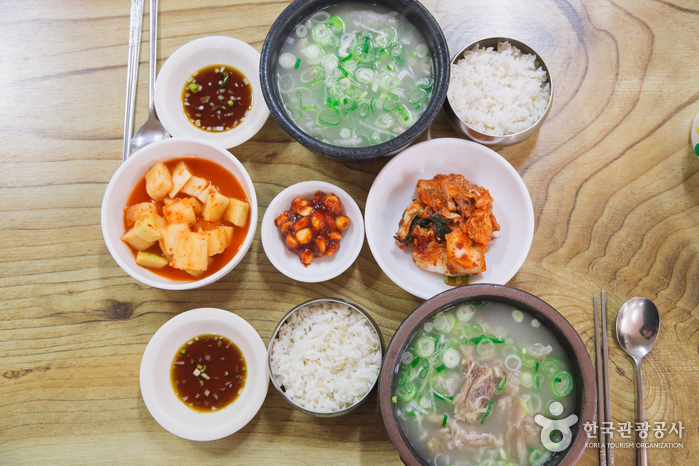
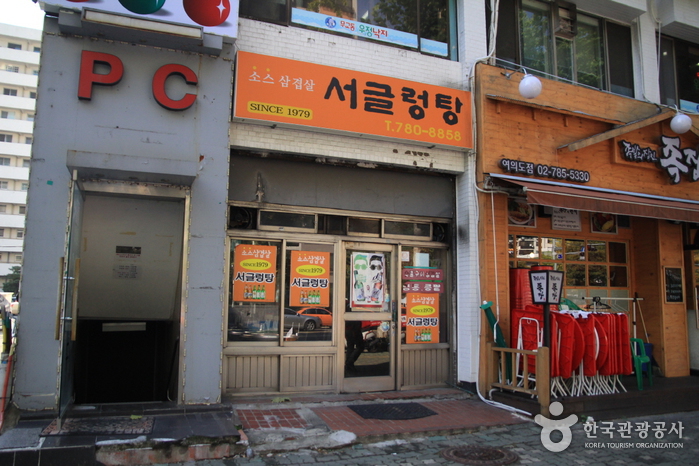
![Seochon Guest House [Korea Quality] / 서촌 게스트하우스 [한국관광 품질인증]](http://tong.visitkorea.or.kr/cms/resource/41/2447241_image2_1.jpg)
 Español
Español
 한국어
한국어 English
English 日本語
日本語 中文(简体)
中文(简体) Deutsch
Deutsch Français
Français Русский
Русский